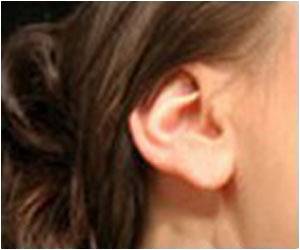Craig Dolder – currently a graduate student at the University of Texas, Austin – as an acoustical engineer knew that loud noises can damage hearing.

And he brought his sound level meter with him.
"I've always wanted to go to one of those races," Dolder said. "So I made the arrangements, and then I thought to myself: This is going to be really loud. What do I need to wear to protect myself?"
The advice he found online was "all over the spectrum," he said, with some people recommending foam earplugs and earmuffs, some prescribing noise-canceling headphones, and still others avowing that getting your ears blasted was an integral part of the Formula 1 experience. The technical papers he read provided assessments of sound levels for NASCAR and other races, but he could find nothing that measured the noise levels or dosage specifically for Formula 1. So he decided to conduct his own test at the Montreal racetrack.
"I thought the information should be out there so people could make a more informed decision about what to wear for hearing protection," he said.
Dolder stood among the general admission crowd within about 25 feet of the racing cars, and he measured the sound at three different locations. Formula 1 tracks are not a simple oval shape, so the noise levels can be significantly different depending on whether drivers are slowing down for a hairpin turn or revving their engines for a straightaway. After gathering his data, Dolder calculated the noise dosage at the three locations and compared it to dosage standards used in the U.S.
Advertisement
The quietest position he tested was at the beginning of an S turn, when drivers were slowing down. Here, an audience member would get only 53 percent of his daily noise dosage by OSHA standards.
Advertisement
"You will still feel [those loud noises] in your body," Dolder said. "But it's not worth the risk of exposing yourself to that noise unprotected."
Dolder will present his results at the 166th meeting of the Acoustical Society of America (ASA) – which will not coincide with a Formula 1 race this year – to be held Dec. 2-6, 2013, in San Francisco, Calif.
Source-Eurekalert









